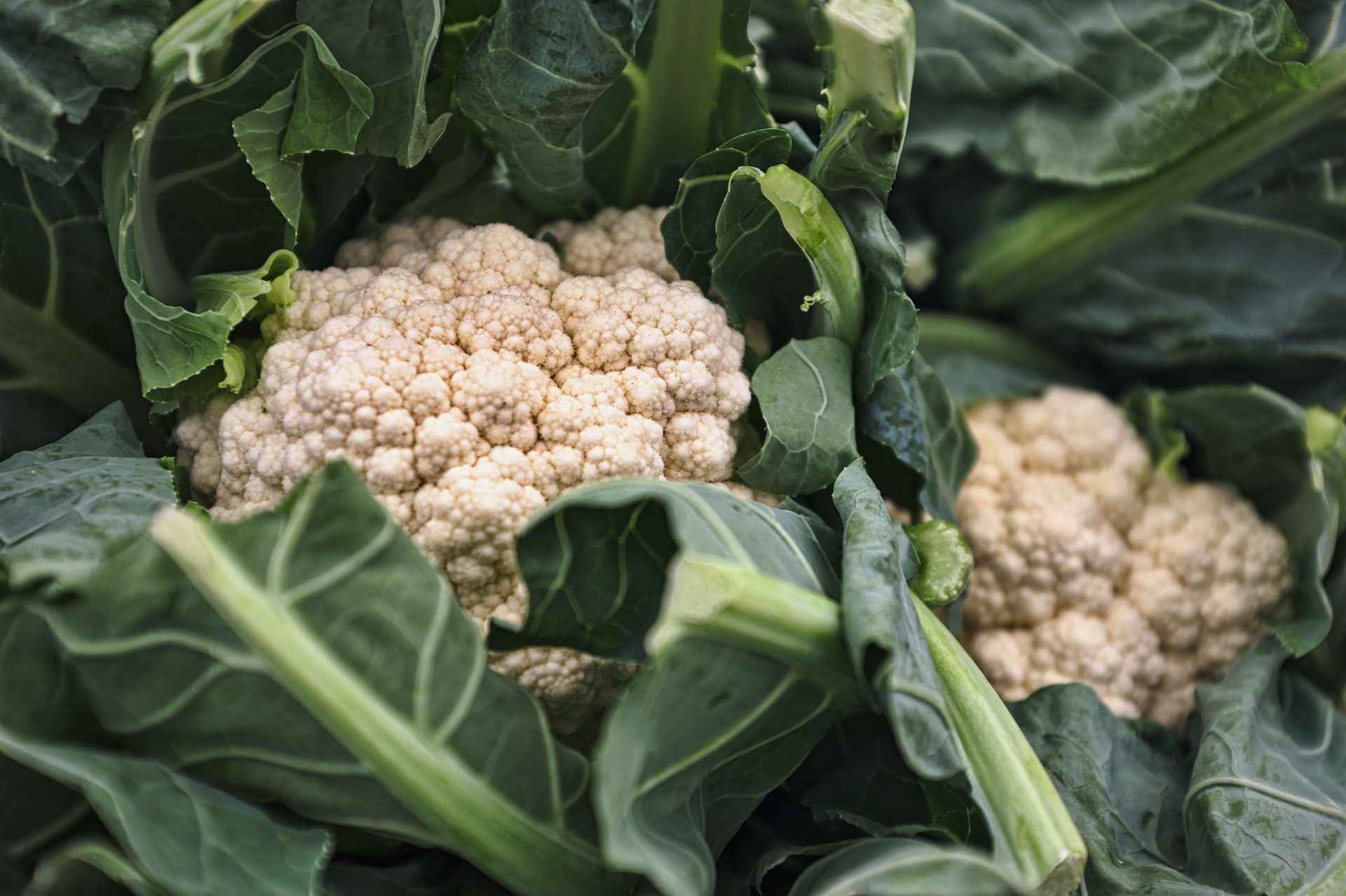Using Cauliflower in the Lab
ResourceCauliflower is a vegetable full of potential for the science lab – and, of course, easy and cheap to source throughout the year. Students love cloning their own ‘mini-caulis’ with the reliable new SAPS protocol, based on one developed by RBG Kew for the conservation of rare plants.
Practicals
- Cloning – Cloning through tissue culture, using material taken from the stalked florets. Cauliflowers are used because they provide a plentiful supply of floral meristems, suitable for cloning. Resource: Tissue Culture and Micropropagation; This resource is also available as part of our ‘Introducing STEM Careers’ series, looking at how cloning techniques are used for conservation. Introducing STEM Careers – Conserving Endangered Species at Kew
Teaching Topics
- Cloning
- Tissue culture
Description
Cauliflower, Brassica oleracea var. botrytis
A widely distributed edible plant, and a member of the Brassicaceae, the cabbage family. The white curd that we eat is a mass of aborted floral meristems.
Growing and sourcing
Obtaining: Readily available from greengrocers and supermarkets. One cauliflower will provide extensive plant material for the SAPS Tissue Culture practical.
